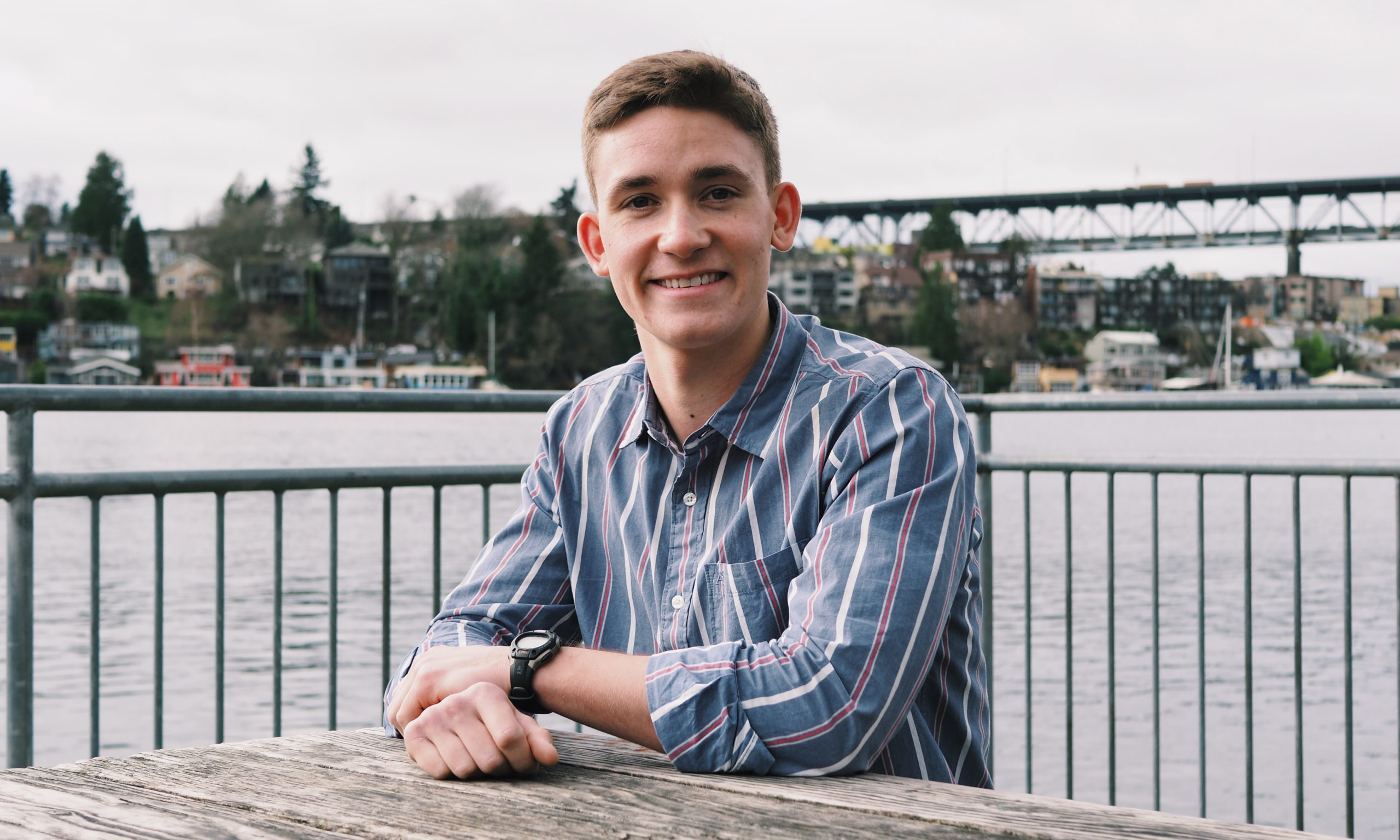“I started Army ROTC (Reserve Officers’ Training Corps) program freshman year for a couple different reasons. Having done sports in high school, I was looking for something to fill the void of teamwork, camaraderie, and working towards a common goal. Also my grandpa served in the Korean War and my dad was in the army, so I felt like I wanted to do my part, both for the country and my family. My ultimate goal within the military is to be in the medical community. I think it would be a neat mission to serve those who are serving us. Beyond that though, I think it’s a good thing to serve something bigger than yourself.
In terms of the obligations that all the other ROTC cadets and I have, we work out Monday, Wednesday, Friday or more, depending on your level of involvement. We have training Thursday mornings and once a quarter, we go out to Fort Lewis for a weekend. It’s a lot, but it helps me keep my head to the ground. It’s a little bit of a challenge time-wise, but it really balances out: BioE is so problem-solving focused, and ROTC and the military is as well. And ROTC is very people-centric; you’re working on interpersonal skills and potentially having uncomfortable conversations. Building these skills rounds out the technicality of BioE by making you more adapted to interacting with people once you enter the workforce. That’s really what I’ve gotten from it, it’s introduced me to the good and bad of working with people — mostly good but you know it won’t always be.
Every quarter we have our field training at Fort Lewis, and we spend the whole weekend tackling a tactical field problem with fellow team members. We’re presented with a challenge, which is a simulated enemy or some kind of opposition force you have to maneuver against and take out. I remember last time it was such a busy weekend that I brought some of my study material with me on the bus. So I went from essentially training to take out an enemy stronghold, to solving free-body diagrams for BioE 326 class on the bus ride there and back. At the core these are both just problems, and you have to creatively think about how to solve and approach them from different angles.”



